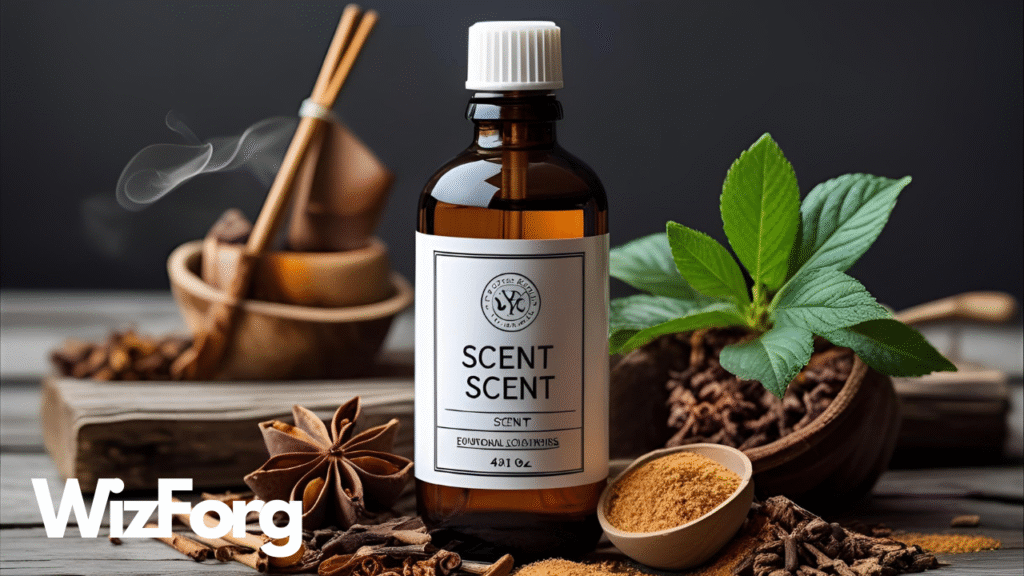Imagine creating a perfume so iconic that people recognize it instantly. Naturally, you’d want to protect it, just like a logo, brand name, or jingle. But here’s the twist: in most countries, you can’t trademark a smell. Why? The answer lies in the intersection of law, science, and the human nose.
What Is a Scent Trademark?
A scent trademark, or “olfactory mark,” is a unique concept—a way to legally protect a distinctive smell associated with a brand. Think of Play-Doh’s sweet vanilla scent or a particular perfume used in a hotel lobby to set the mood. It’s a fascinating aspect of intellectual property law that sets it apart from traditional trademarks like logos or slogans.
Unlike a logo or a catchy slogan, a scent is intangible. It doesn’t appear visually or audibly, which makes it hard to define—and even harder to register. This complexity adds a layer of intrigue to the process of scent trademarking.
The Legal Problem: How Do You Prove a Smell?
Trademarks exist to help consumers identify the source of a product or service. For a scent to be trademarked, it must meet two key requirements:
- Distinctiveness – It must be unique and not serve a functional purpose.
- Graphical Representability – It must be clearly described or represented so that others can recognize and respect the legal boundary.
Here’s the problem: you can’t easily write down a smell. There’s no universal “scent language,” and describing a smell in words (“woody, floral, citrusy”) is too vague for legal precision. Even chemical formulas aren’t enough, because the same compound might smell different in various concentrations or contexts.
Functional vs. Symbolic: A Legal Red Flag
Most scents serve a function. A pine scent in a cleaner? It smells “clean.” A minty toothpaste? It tastes fresh. These functional scents are not eligible for trademarking. Laws in the U.S., EU, and most jurisdictions prevent trademarks on anything that gives a product practical utility.
This is why most perfumes, candles, and food flavors can’t be trademarked—they’re considered functional, not symbolic.
There Are Some Exceptions
Although rare, a few countries have allowed scent trademarks in specific cases. This exclusivity adds to the allure of the topic.
- The U.S. once granted a scent trademark for the floral smell of yarn by OSEWEZ. It was considered non-functional and distinctive.
- The EU briefly allowed scent marks, but after a few failed cases, the courts decided that scent trademarks were too ambiguous to be enforced. This is because it’s difficult to prove that a competitor’s product smells too similar to your trademarked scent, and even more difficult to prove that consumers are confused by the similarity.India, Canada, and Japan do not currently recognize scent trademarks.
Due to these inconsistencies, even companies that receive scent protection in one country may not be protected elsewhere, making global branding challenging.
So, How Do Companies Protect a Signature Scent?
If they can’t trademark it, they go for trade secrets. Major perfume houses and luxury brands tightly guard their scent formulas. This means that the process, ingredients, and blending techniques are kept confidential, often under lock and key, to prevent imitation and ensure product integrity. It’s like the Coca-Cola recipe, but with fragrance.
Others rely on brand association. If consumers strongly associate a scent with a brand—such as a signature perfume in a luxury store—companies use that reputation as their moat, even without legal protection.
The Future of Smell in IP Law
As technology evolves, the digitization of scent may open new doors. Researchers are developing electronic noses and scent-capture technology that could provide a standardized method for registering and replicating smells. If that happens, the legal system might adapt.
But until then, scent remains one of the few brand elements that’s still largely unownable.
Want more strange stories from the world of law, luxury, and loopholes?
Visit Wizforg.com and subscribe to our YouTube channel for weekly insights into the hidden rules that shape our global culture.



